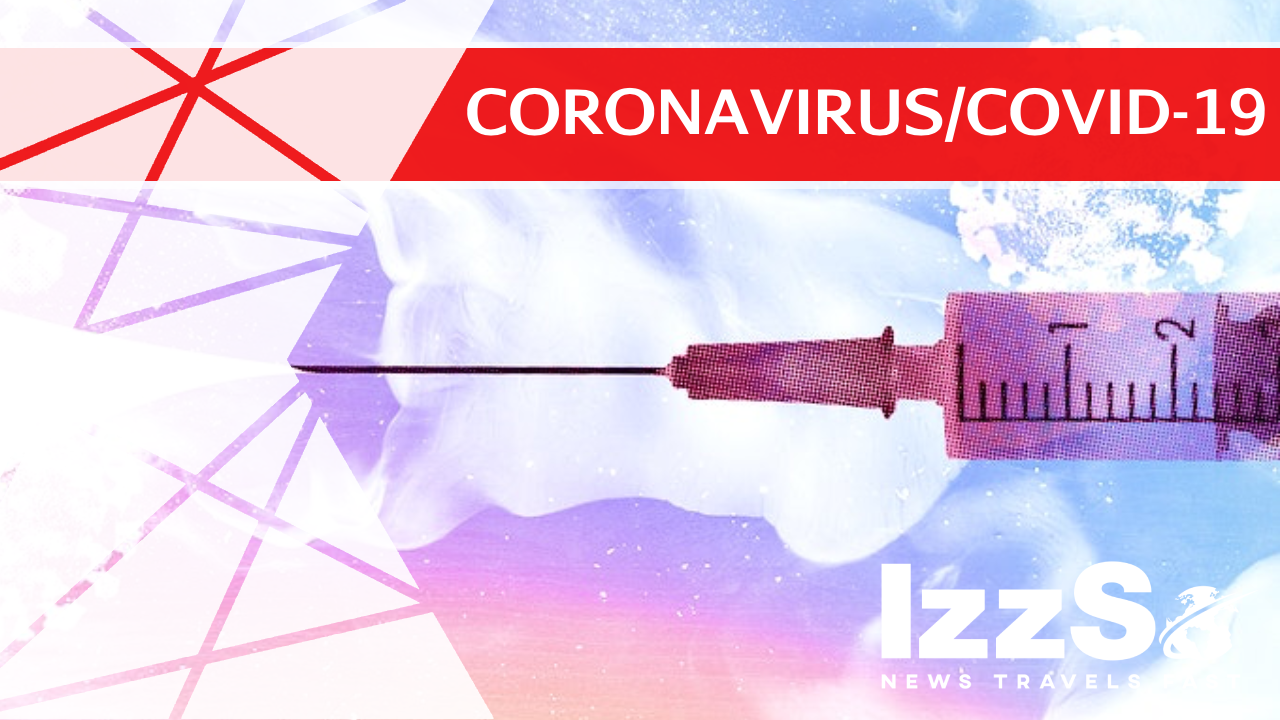The first vaccine against coronavirus that will try to protect people with a single injection has entered the final stages of testing in U.S, with an international clinical trial that will recruit up to 60 thousand participants.
The experimental vaccine being developed by the pharmaceutical giant Johnson & Johnson is the fourth in the United States to enter the major Phase 3 trials, which will determine whether it is effective and safe. Paul Stoffels, scientific director of J&J, predicted that there may be enough data to obtain a conclusive result by the end of the year and said the company plans to manufacture 1 billion doses next year.
Another three candidates are ahead, with tests that started in the early summer in the USA, but the vaccine being developed by Janssen Pharmaceutical Companies, a division of J&J, has several advantages that can facilitate the logistics of its administration and distribution, if their safety and effectiveness are proven.
The company is initially testing a Single dose, while the other vaccines tested in the US require a return and a second injection, three to four weeks after the first, to trigger a protective immune response. The J&J vaccine can also be stored in liquid form, under refrigerator temperatures, for three months, while two of the favorite candidates need to be frozen or kept under deep-frozen temperatures for long-term storage.
“The single-dose vaccine, if it is safe and effective, will have substantial logistical advantages for controlling the global pandemic,” said Dan Barouch, director of the Beth Israel Deaconess Medical Center’s Virology and Vaccine Research Center in Boston, which has partnered with J&J to develop the vaccine.
The United States has invested billions of dollars in a range of vaccine technologies, including about $ 1.5 billion to support the development of the J&J vaccine and secure an advance purchase of 100 million doses. The J&J vaccine is the second to use a viral vector approach, taking a harmless virus and inserting into it a gene that contains the diagram of a characteristic part of the new coronavirus.
“It’s great to have this diversity of platforms, because this is a crucial crisis in terms of our global situation,” said Francis Collins, director of National Institute of Health. “Now, with 200,000 deaths here in the United States, we want to do everything we can, without sacrificing safety or effectiveness.”
In a study with monkeys published in Nature in July, Barouch demonstrated that his approach was successful in teaching the immune system to protect itself against a real infection. Early-stage test data with 400 human participants in the United States and the Belgium should be submitted to a pre-publication server on Wednesday, but Stoffels said that, in general, the vaccine has shown that it triggered a promising immune response and that your Side effects they were tolerable – like fevers that disappeared in a day or two.
J&J, like other vaccine manufacturers, has promised to publish the full protocol for its trial, which provides detailed information on how researchers will determine whether the vaccine is safe and effective. The protocol also includes the rules by which an independent committee examines data throughout the study to see if there are clear signs of success or failure.
Anthony Fauci, director of National Institute of Allergy and Infectious Diseases, said that since there were 154 cases of covid-19 in the trial, it would be possible to say whether the vaccine was effective. But there are also predetermined intervals at which a data and safety monitoring board evaluates progress, to see if the vaccine shows early signs that would require the trial to be stopped for any of several reasons – if the vaccine is very successful, if it is doing harm or if it is useless, that is, if it is unlikely to produce any results.
The study was designed to be twice as large as the initial design of other Phase 3 tests in the United States, although the study of Pfizer it has also expanded to include 44,000 participants. Half of the participants will receive the vaccine and half will receive the placebo.
Since other coronavirus studies in the United States have struggled to recruit diverse populations, the size and international scope of the J&J study may be an advantage.
“Vaccine testing needs to have participants who reflect the diversity of our nation,” said Michelle Andrasik, director of community involvement at Covid-19 Prevention Network, a federal chain that partners with companies to carry out the tests. “We need everyone to get involved to make sure we find an effective vaccine for everyone.”
In addition, at a time when vaccine safety has taken public debate because of concerns that putting it in a hurry on the market could be a risky shortcut, studies may provide more data to reassure people about the vaccine’s history.
“With further testing, we also increased the safety data set,” said Barouch. “Safety is now the focus of public attention, and increasing the size of the tests also increases the safety data set.”


COMMENTS